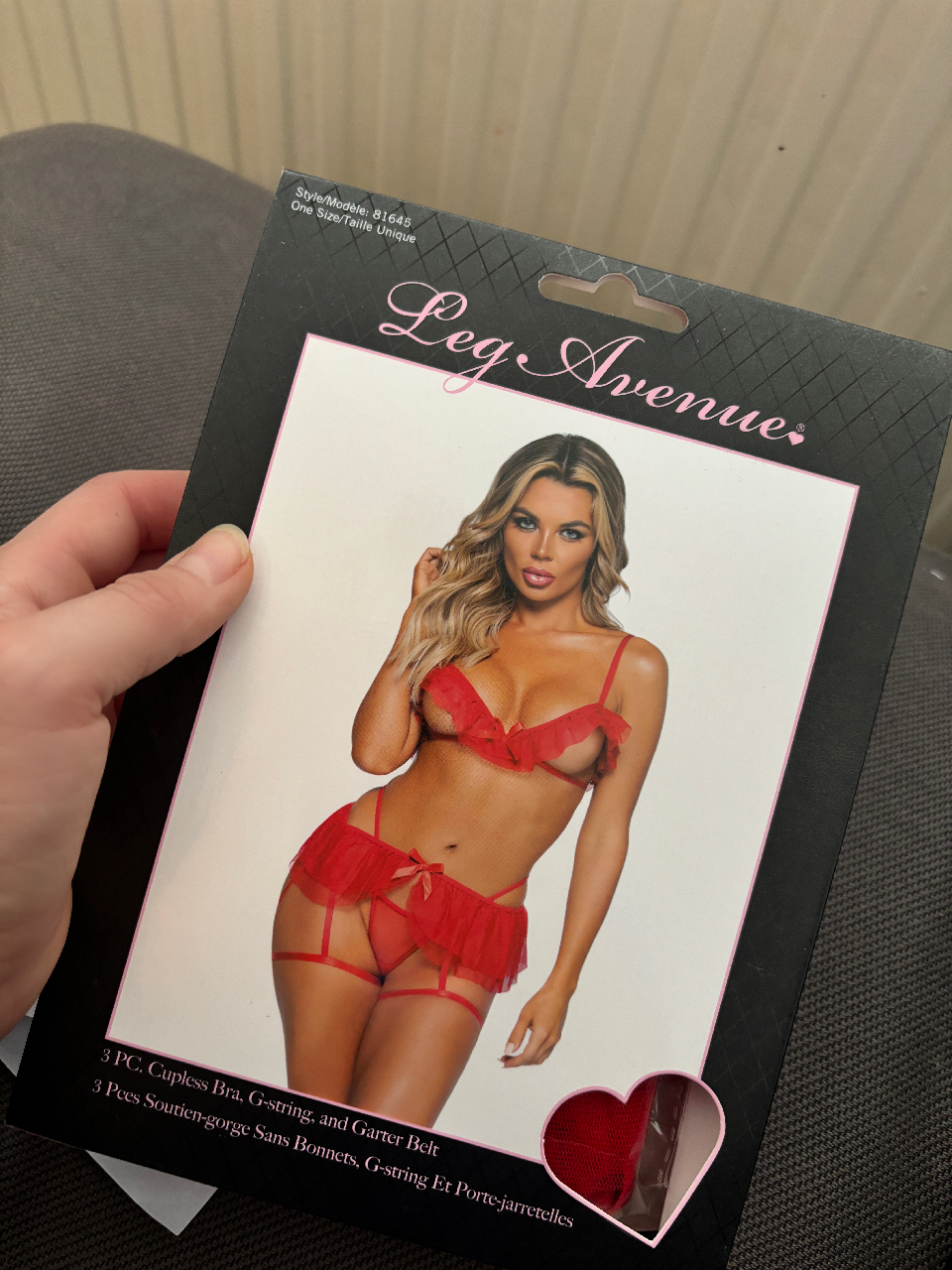History of Lesbiana Fetish
Lesbiana fetish, a term that encompasses a range of desires and attractions centered around women, has been a subject of fascination and exploration in human history. From ancient civilizations to modern times, the complex and multifaceted nature of female-female relationships has inspired artistic expression, literary works, and cultural practices. This phenomenon is often rooted in societal norms, power dynamics, and the repression of female desires, leading to a rich tapestry of meanings, interpretations, and expressions.
The Roots of the Term
The concept of lesbiansiana fetish, or the sexual attraction to women who are seen as masculine or feminine in a way that is considered desirable, has its roots in ancient Greece and Rome.

In these cultures, same-sex relationships between women were not uncommon and were often associated with spiritual or mystical practices. The Greek poet Sappho, for example, wrote extensively about her love affairs with women, and her poetry is still celebrated today for its beauty and emotional depth.
As the Roman Empire rose to power, the idea of lesbianism became more complex and nuanced. While same-sex relationships between women were not necessarily seen as deviant or immoral, they were often stigmatized and hidden from public view.
The modern concept of a “fetish” began to take shape in the 19th century, when sexologists like Richard von Krafft-Ebing and Havelock Ellis wrote about the psychological and physiological aspects of sexual attraction. They defined a fetish as an intense, often irrational fixation on a specific object or aspect of the body.
The term “lesbiana” itself is not commonly used in English-speaking countries, where the preferred term is “lesbian.” However, in some European cultures, particularly in Germany and France, the term “Lesbiana” has been used to describe a type of fetishistic attraction to women who embody feminine qualities.
It’s worth noting that the concept of a lesbian fetish is not universally accepted or defined. Some argue that it’s a form of essentialism, implying that there is a specific type of woman who embodies the desired qualities, rather than recognizing the diversity and complexity of human desire.

Regardless of its complexities, the lesbian fetish remains an important part of the history of same-sex relationships between women, representing a unique intersection of cultural, psychological, and sexual forces.
Cultural Representations
The history of lesbianism as a fetish is a complex and multifaceted one, spanning thousands of years and crossing various cultural boundaries. In ancient Greece, same-sex relationships between women were not uncommon, and were even celebrated in literature and art. The Sappho poems, written by the famous Greek poet around 600 BCE, are some of the earliest known examples of lesbian literature. Similarly, in ancient India, the practice of “sakhin” – a romantic relationship between two women – was documented in the Kama Sutra.
- In Europe during the Middle Ages, lesbianism was often seen as a sin and was punishable by law. However, this did not stop women from expressing their love and desire for one another through literature and art.
- The Victorian era saw a rise in literary works that celebrated female same-sex relationships, such as Radclyffe Hall’s “The Well of Loneliness”.
- In the 20th century, the feminist movement played a significant role in reclaiming the term “lesbian” and promoting visibility for lesbian women.
- Today, lesbianism is widely recognized as a legitimate and normal part of human sexuality. However, the fetish aspect of lesbian desire has been largely overlooked in mainstream discourse.
The cultural representations of lesbian desire in language are often ambiguous and context-dependent. Words like “lesbian” and “femme” have been used to describe women who are attracted to other women, but these terms can also be seen as labels or categories that reduce the complexity of female same-sex relationships.
Psychological and Philosophical Perspectives
LGBTQ+ individuals, particularly those who identify as lesbian, have long been stigmatized and marginalized in societal discourse, often forced to navigate complex web of emotions, desires, and identities. In recent years, however, there has been a growing effort to promote inclusivity and acceptance, recognizing the diversity of human experience and celebrating the complexity of women’s love and desire.
From a psychological perspective, understanding lesbian desire can provide insight into the complexities of human attachment and intimacy. Theorists such as Sigmund Freud and Melanie Klein have explored the role of early childhood experiences in shaping adult desires, including same-sex attractions. More recent research has examined the neural basis of attraction, revealing commonalities between lesbian and heterosexual women’s brains.
Philosophical perspectives also offer a nuanced understanding of lesbian desire, highlighting the intersections of identity, culture, and power. Feminist theorists such as Simone de Beauvoir and Julia Kristeva have written extensively on the subject of women’s desire, arguing that it is often suppressed or distorted by societal expectations. Meanwhile, philosophers like Jean-Paul Sartre and Martin Heidegger have explored the concept of “being-for-others,” highlighting the fundamental importance of intersubjective relationships in shaping human experience.
Identity Formation
The concept of identity formation is complex and multifaceted, particularly when it comes to understanding individual desires and attractions towards others. In the context of lesbianism and fetishization, identity formation involves navigating societal expectations, personal experiences, and internalized biases.
From a psychological perspective, research suggests that individuals who identify as lesbian or have lesbian fetishes often experience a strong sense of self-awareness and understanding of their desires. This self-awareness can be influenced by various factors, such as upbringing, peer relationships, and cultural norms. For instance, individuals who grow up in households with LGBTQ+ role models may develop a more positive self-image and greater confidence in their attractions.
Philosophical perspectives also offer insights into the nature of identity formation and desire. Existentialist philosophers like Jean-Paul Sartre argue that human beings have complete freedom to choose their own path in life, including their desires and attractions. This perspective emphasizes individual agency and responsibility in shaping one’s own identity.
In contrast, feminist philosophers like Simone de Beauvoir highlight the social and cultural factors that shape our desires and attractions. According to this view, societal expectations and norms around femininity and masculinity influence how individuals form their identities and express their desires.
The intersection of psychological and philosophical perspectives on identity formation highlights the complexities of human desire and attraction. By examining both individual experiences and societal influences, we can gain a deeper understanding of how people navigate their own identities and desires.
Sexuality as a Spectrum
Sexuality as a spectrum is a concept that has gained significant attention in recent years, particularly when it comes to understanding diverse desires and attractions. This perspective recognizes that human sexuality exists on a continuum, rather than being confined to binary categories. According to psychological and philosophical perspectives, this spectrum encompasses various aspects of an individual’s erotic experience, including their attractions, fantasies, and behaviors.
- The American Psychological Association (APA) acknowledges that human sexuality is complex and multifaceted, encompassing different dimensions such as arousal patterns, fantasies, and behaviors.
- Philosophical theories, like those proposed by Aristotle and Simone de Beauvoir, emphasize the importance of understanding individuals’ desires and attractions within their unique context, rather than imposing rigid categorizations.
From a psychological standpoint, research suggests that individual differences in sexual orientation, such as lesbianism, are often shaped by interplay between genetic, hormonal, and environmental factors. Moreover, studies have shown that people who identify as lesbian often exhibit similar characteristics to their heterosexual counterparts, including diverse preferences for different aspects of their partners.
Lesbian fetishes, like any other fetish, can be deeply personal and varied, encompassing a wide range of desires and attractions. Lesbophobia fetish, in particular, is the fear or aversion of women’s love and desire. However, it’s essential to acknowledge that these concepts are often shrouded in controversy and misunderstanding, reflecting broader societal attitudes toward non-heteronormative desires.

Philosophically speaking, celebrating women’s love and desire involves recognizing the inherent value and worth of all individuals, regardless of their sexual orientation or attraction. This perspective emphasizes the importance of individual autonomy, consent, and self-expression in shaping one’s erotic experience.
Societal Attitudes and Representations
Societal attitudes and representations play a significant role in shaping our understanding of human desire and relationships, particularly when it comes to marginalized communities. Language, with its power to both empower and exclude, has historically been used to pathologize and stigmatize non-heteronormative love and desire. The concept of “lesbophilia fetish,” however, challenges this narrative by highlighting the diversity of human experience and the importance of inclusivity in representations of love and desire.
Stigma and Marginalization
Societal attitudes and representations of women’s love and desire are often shaped by heteronormative standards, leading to the marginalization of lesbian experiences. Historically, female same-sex relationships have been stigmatized, pathologized, or simply ignored in mainstream culture.

The notion of a “fetish” surrounding lesbianism is problematic, as it reduces complex human desires and experiences to a singular, exoticized trope. Lesbophilia, in particular, has been associated with power dynamics and control, perpetuating the idea that women’s desires are somehow less innocent or legitimate than those of men.
Moreover, the language used to describe lesbian love and desire can be alienating and dismissive. Terms like “fetish” or “obsession” imply a level of fixation or perversion, rather than acknowledging the depth and richness of women’s emotional connections with one another.
The impact of stigma and marginalization is profound, resulting in limited visibility and recognition of lesbian experiences within media and popular culture. This erasure perpetuates the idea that women’s love and desire are not worthy of celebration or acknowledgment.
Progressive Representation
Societal attitudes towards same-sex relationships and desires are complex and multifaceted, reflecting broader cultural norms and power dynamics. Historically, lesbianism has been stigmatized, marginalized, and pathologized in many societies, with women’s love and desire for each other relegated to the margins of acceptable expression.
The representation of lesbianism in language and media is also limited and often inaccurate. Words like “lesbiana” or “lesbian” are commonly used as insults or slurs, perpetuating negative stereotypes and reinforcing damaging attitudes towards the community. In contrast, terms like “gay” and “queer” have been reclaimed by these communities to convey a sense of identity and pride.
Despite progress in recent years, lesbianism remains underrepresented in mainstream media, with few films, TV shows, and books featuring complex, multidimensional female characters who embody lesbian desire. When representations do exist, they are often sensationalized or exoticized, perpetuating stereotypes about the “otherness” of lesbian women.
Furthermore, the concept of fetishization within lesbian culture is a topic of ongoing debate. Some argue that fetishes can serve as a means of exploring and expressing desires in a way that feels safe and consensual, while others see them as reinforcing damaging power dynamics and eroding genuine relationships between partners.
A more progressive approach to representing women’s love and desire would prioritize nuance, complexity, and accuracy. It would involve amplifying the voices and stories of lesbian women, challenging dominant narratives and stereotypes, and fostering greater understanding and empathy for diverse forms of female desire.
Lesbian Fetishes in Modern Culture
Lesbian fetishes have long been shrouded in mystery and misconception, with many still viewing same-sex desire as taboo or abnormal. However, as modern culture continues to evolve and become more accepting of diverse identities and expressions, the conversation around lesbian fetishes is slowly beginning to shift. This new wave of awareness and celebration is not only validating for individuals who identify as lesbian or queer, but also providing a platform for women to explore and express their desires without fear of judgment or repression.
Artistic Expression
Lesbian fetishes have long been a taboo subject in modern culture, often relegated to the fringes of mainstream society. However, as attitudes towards sexuality and desire continue to evolve, it’s become increasingly acceptable to explore and celebrate these fetishes in various forms of artistic expression.
In recent years, there has been a growing trend towards representation and visibility of lesbian fetishes in art, literature, and media. This shift can be attributed to the increasing awareness and acceptance of non-heteronormative relationships and desires. As a result, artists and writers are now more willing to tackle these topics, often using them as a means of empowerment and self-expression.
One notable example is the resurgence of erotic art featuring lesbian fetishes in galleries and exhibitions worldwide. These pieces not only provide a platform for artists to explore their desires but also offer a form of escapism and titillation for viewers. The use of language in these artworks often blurs the lines between reality and fantasy, creating a space where women can express themselves freely.
The rise of social media has also played a significant role in normalizing discussions around lesbian fetishes. Online platforms provide a safe space for individuals to share their desires and connect with like-minded individuals, helping to break down stigmas and build communities around shared interests.
Ultimately, the celebration of lesbian fetishes in modern culture serves as a testament to the diversity and complexity of human desire. By embracing and exploring these fetishes, we can work towards creating a more inclusive and accepting society, where individuals can express themselves freely without fear of judgment or repercussions.
Community Building
The rise of modern culture has led to an increased acceptance and visibility of various fetishes, including lesbian fetishes. Historically, lesbian desires have been marginalized and stigmatized, leading to a lack of representation and understanding in popular media and mainstream discourse.

However, with the growing awareness and advocacy for LGBTQ+ rights, lesbian fetishes are slowly gaining recognition and celebration within the community. Online platforms, social media, and specialized forums have created spaces where women can openly discuss their desires and connect with like-minded individuals.
Lesbian fetishes encompass a range of desires, from romantic and emotional connections to more physical and fetishized encounters. Some common themes include foot worship, hair pulling, and intimate role-playing. These fantasies often serve as a way for women to explore their desires in a safe and consensual environment.
The importance of community building cannot be overstated when it comes to celebrating lesbian fetishes. By sharing experiences, tips, and recommendations, women can build relationships that are grounded in mutual respect, trust, and communication. Online communities have enabled women to connect with others who share similar interests, creating a sense of belonging and validation.
Moreover, the visibility of lesbian fetishes in modern culture has led to increased awareness about the diversity of human desire and the importance of inclusivity. By celebrating these desires, we can work towards creating a more accepting and understanding society that values the complexity of female experience.
Shop erotic massage candles for a sensual experience at Peaches and Screams Explore sex swings and machines for thrilling action at Peaches and Screams Browse sexy clothing at Peaches and Screams Shop sexy party wigs for a fun and daring look at Peaches and Screams Buy Pipedream toys for exciting, innovative pleasure at Peaches and Screams Enjoy playful games from Peaches and Screams
I Like Corbyn But My Better Love Dr. Nerina Muses Yummalicious Food W1 Wellness
